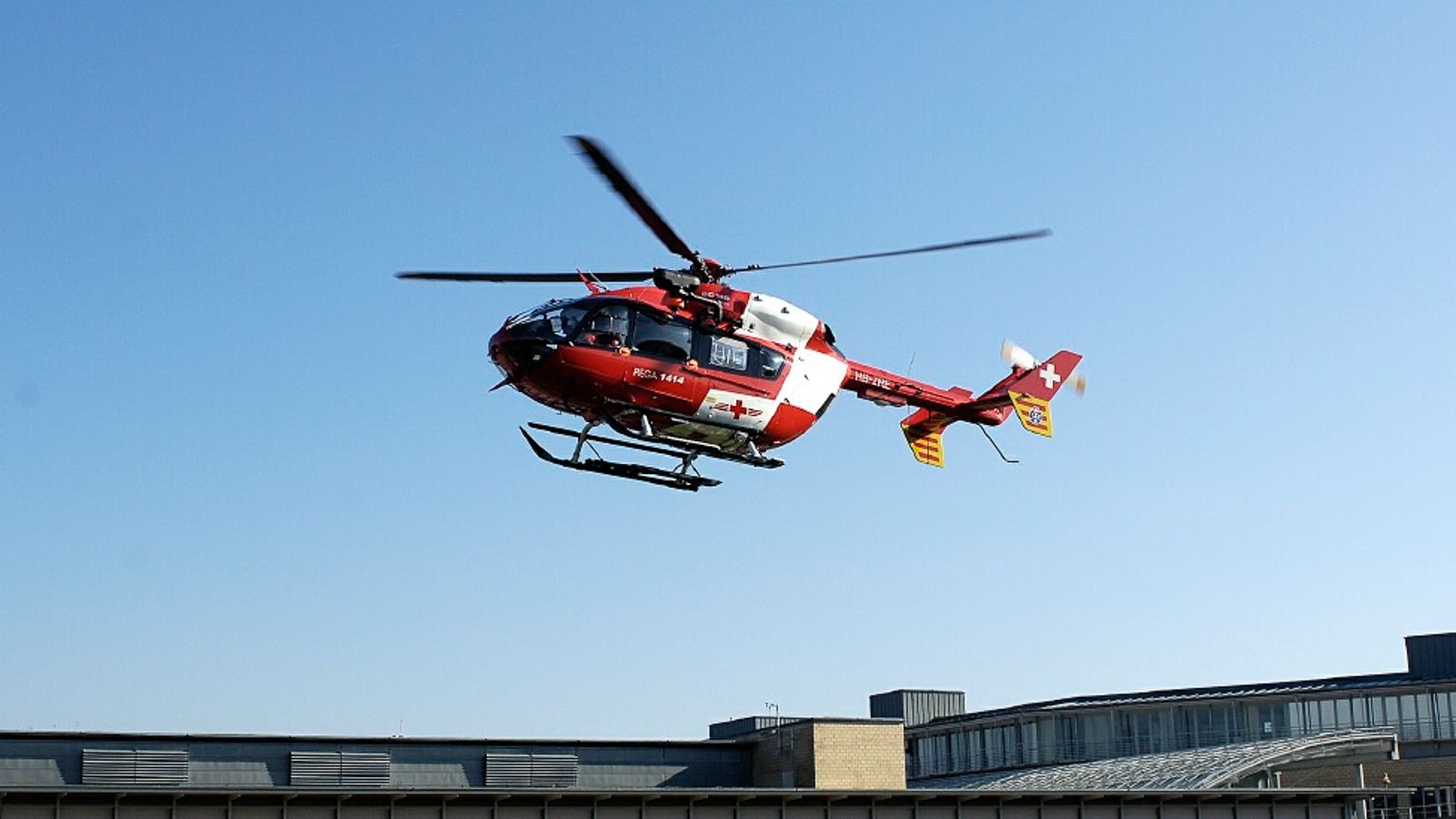
Recovery After Traumatic SCI
With the sudden and unexpected nature of traumatic spinal cord injury (SCI), concerns and questions surrounding recovery are at the forefront of the minds of the person and all concerned with his or her well-being.

With the sudden and unexpected nature of traumatic spinal cord injury (SCI), concerns and questions surrounding recovery are at the forefront of the minds of the person and all concerned with his or her well-being.